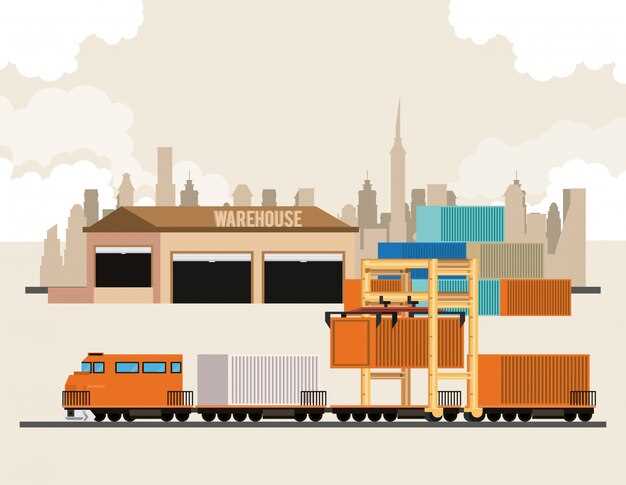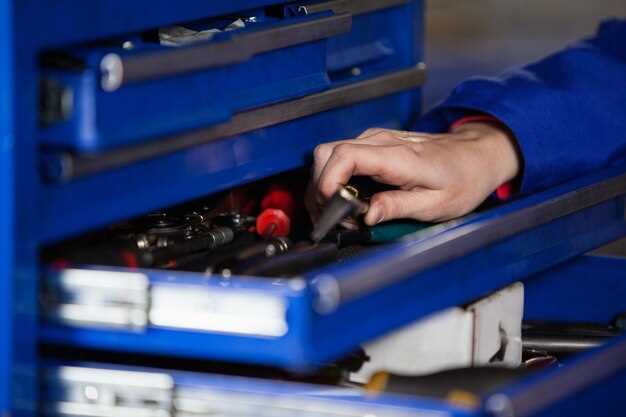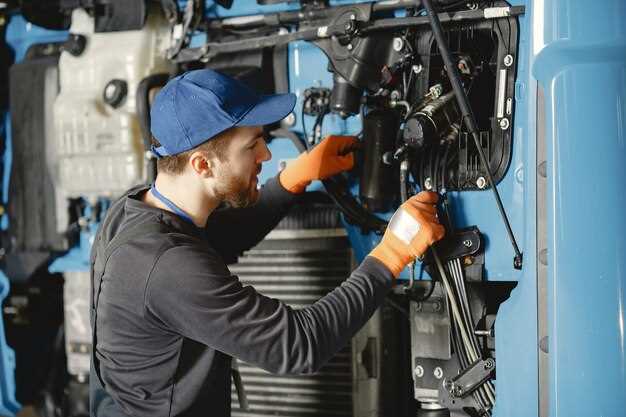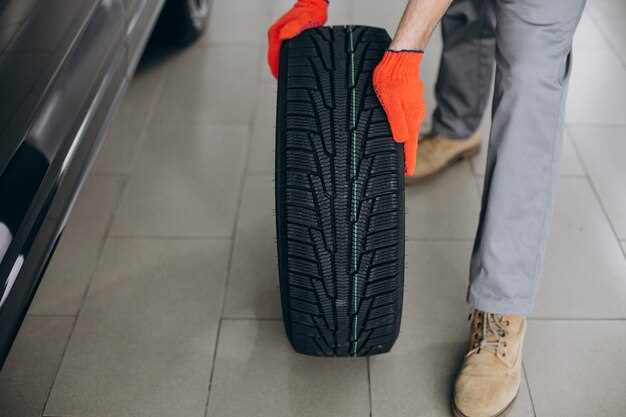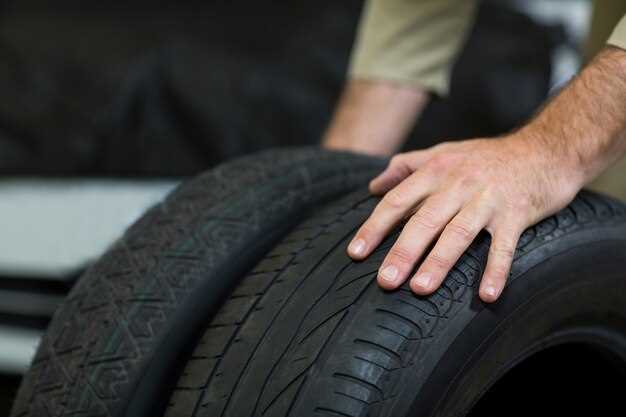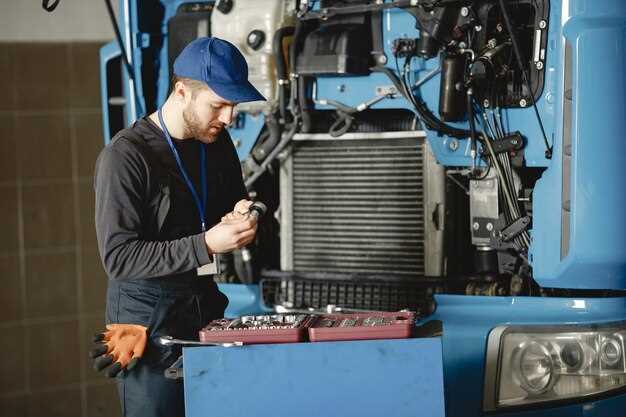
In the ever-evolving automotive landscape, the debate between hybrid trucks and traditional gas models continues to gain traction. As environmental concerns heighten and operational costs remain a focal point for consumers and businesses alike, understanding the performance and efficiency of these two types of vehicles becomes increasingly important. Hybrid trucks, which combine an internal combustion engine with an electric motor, promise improved fuel economy and reduced emissions. Conversely, gas models offer simplicity and often lower upfront costs, making them a staple in the trucking industry.
The performance of hybrid trucks is influenced by several factors, including their advanced technology, weight distribution, and regenerative braking capabilities. These innovations allow for enhanced torque and acceleration, making hybrid models competitive with gas trucks in terms of power and responsiveness. However, traditional gas models typically benefit from a well-established infrastructure and longer refueling range, which can be advantageous for long-haul operations.
When evaluating efficiency, hybrid trucks shine with their ability to operate on electric power at lower speeds and utilize regenerative braking to recharge their batteries. This results in significant fuel savings, especially in urban settings where stop-and-go traffic is prevalent. On the other hand, gas models remain relevant due to their robustness and reliability, often delivering higher towing capacity and payload specifications, crucial for heavy-duty applications.
Fuel Economy Comparison: Hybrid vs Gas Trucks
When comparing the fuel economy of hybrid trucks to their gas-powered counterparts, it’s essential to consider several key factors that impact overall efficiency. Hybrid trucks utilize a combination of an internal combustion engine and an electric motor, allowing for improved fuel efficiency, especially in urban driving conditions where stop-and-go traffic predominates.
Hybrid trucks typically achieve better miles per gallon (MPG) ratings than traditional gasoline models. While a conventional gas truck might average around 15-20 MPG, many hybrid trucks can reach 20-25 MPG or higher. This increased efficiency is largely due to the hybrid system’s ability to switch between the electric motor and gas engine, optimizing fuel consumption based on driving conditions.
In terms of driving range, hybrid trucks benefit from the efficiency of their electric components, which can lead to reduced fuel costs over time. The regenerative braking systems found in hybrids also contribute to energy conservation, capturing energy typically lost during braking and repurposing it to recharge the battery. This feature further enhances overall fuel economy.
However, while hybrids may outperform gas models in fuel efficiency, purchasing price and maintenance costs can be higher due to the complexity of their technology. Prospective buyers must weigh the long-term fuel savings against the initial investment and potential maintenance needs.
In conclusion, hybrid trucks generally offer significant advantages in fuel economy compared to gasoline models, particularly in urban environments. Their efficiency and advanced technology make them a compelling option for those prioritizing reduced fuel costs and environmental impact.
Real-World Performance Metrics: Acceleration and Towing Capacity

When evaluating the performance of hybrid trucks compared to traditional gas models, two key metrics stand out: acceleration and towing capacity. These factors are crucial for consumers who prioritize both efficiency and functionality in their vehicles.
Acceleration in hybrid trucks often benefits from electric motors that provide immediate torque. This results in quicker initial acceleration compared to gas models, which may require higher RPMs to deliver similar levels of performance. For instance, many hybrid trucks can achieve 0 to 60 mph in under 7 seconds, making them competitive with their gas counterparts designed for similar weight classes. In contrast, traditional gas trucks typically range from 7 to 8 seconds for the same acceleration, depending on engine configuration.
Towing capacity, however, is a more complex comparison. Hybrid trucks, such as those equipped with a robust hybrid system, can offer impressive towing capabilities, frequently rivaling gas models. For example, some modern hybrid trucks boast towing capacities of up to 12,000 pounds, while gas models in the same class can provide slightly higher capacity, reaching around 13,000 pounds. This slight edge in towing performance for gas engines is attributed to the nature of their power delivery and availability of higher horsepower ratings. However, hybrids excel in maintaining efficiency while towing, which can lead to better overall fuel economy during long hauls.
Furthermore, the integration of regenerative braking in hybrid trucks can make a significant difference when towing heavy loads. This system allows the truck to recover energy normally lost during braking, enhancing overall efficiency, particularly on downhill slopes. In contrast, gas models do not have this capability, which can lead to increased fuel consumption under similar towing conditions.
In summary, both hybrid and gas models present compelling options depending on the user’s specific needs. While hybrids generally offer superior acceleration, they may fall slightly short in maximum towing capacity compared to their gas counterparts. Nonetheless, the efficient performance of hybrid trucks during towing makes them a feasible option for consumers focused on both power and fuel economy.
Long-Term Maintenance Costs: Hybrid Technologies vs Conventional Engines

When comparing the long-term maintenance costs of hybrid trucks to conventional gas models, several factors come into play that can significantly impact overall expenses. Although hybrid technologies often come with higher upfront costs, their maintenance profiles may offer a different story over time.
Hybrid Trucks: The main components in hybrid vehicles include the electric motor, battery, and regenerative braking systems. While these elements are designed to enhance fuel efficiency and reduce wear on the combustion engine, they can also introduce complexity in maintenance. Battery replacement, for example, can be one of the most significant costs associated with hybrids. Advanced lithium-ion batteries may need replacement every 8 to 15 years, and the costs can range from $3,000 to $8,000 depending on the model. However, many manufacturers offer warranties that can cover battery issues for up to 10 years, mitigating some of these potential expenses.
Conventional Engines: Gas-powered trucks generally have simpler mechanical systems, which can lead to lower repair and maintenance costs in the short term. Routine maintenance such as oil changes, spark plug replacements, and exhaust system repairs are often more straightforward and less expensive. However, as these engines accumulate mileage, they may require extensive repairs or major components replacements, such as the transmission or engine rebuilds, which can lead to a steep increase in long-term costs.
Overall Comparison: While hybrid trucks may incur higher initial maintenance costs due to their advanced technology, the overall savings in fuel efficiency and fewer mechanical failures can offset these expenditures in the long run. On the other hand, conventional engines may be cheaper to maintain on a routine basis but can develop costly issues as they age. Additionally, hybrid vehicles often have better warranties covering critical components, which helps reduce potential long-term expenses.
Ultimately, businesses and consumers should weigh the long-term benefits and drawbacks of both options. By considering fuel savings, potential maintenance needs, and reliability, stakeholders can make informed decisions that align with their operational goals and budget.




